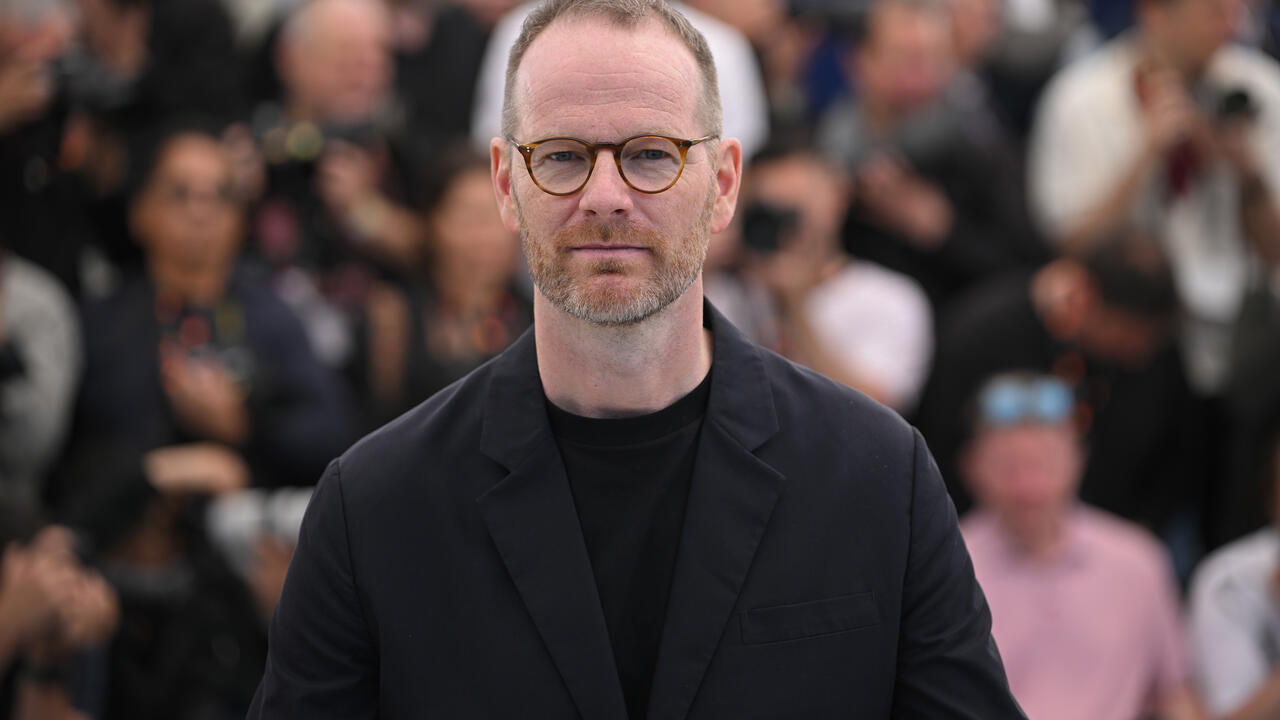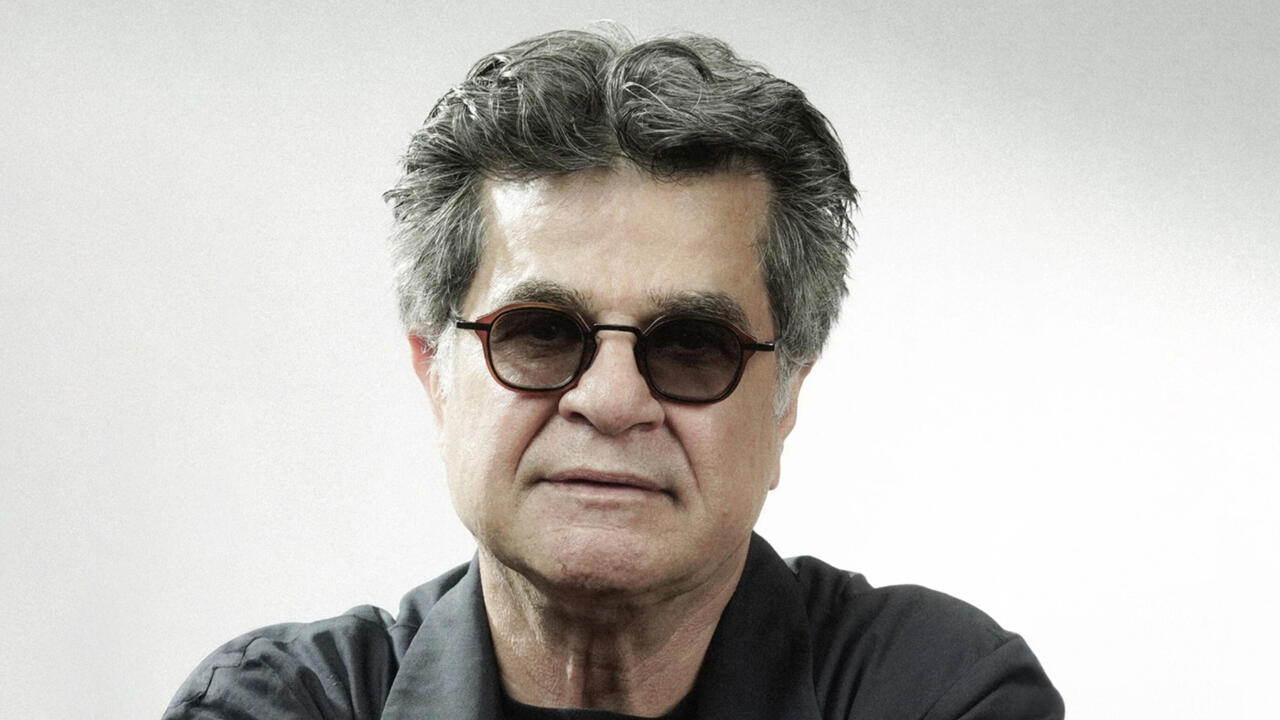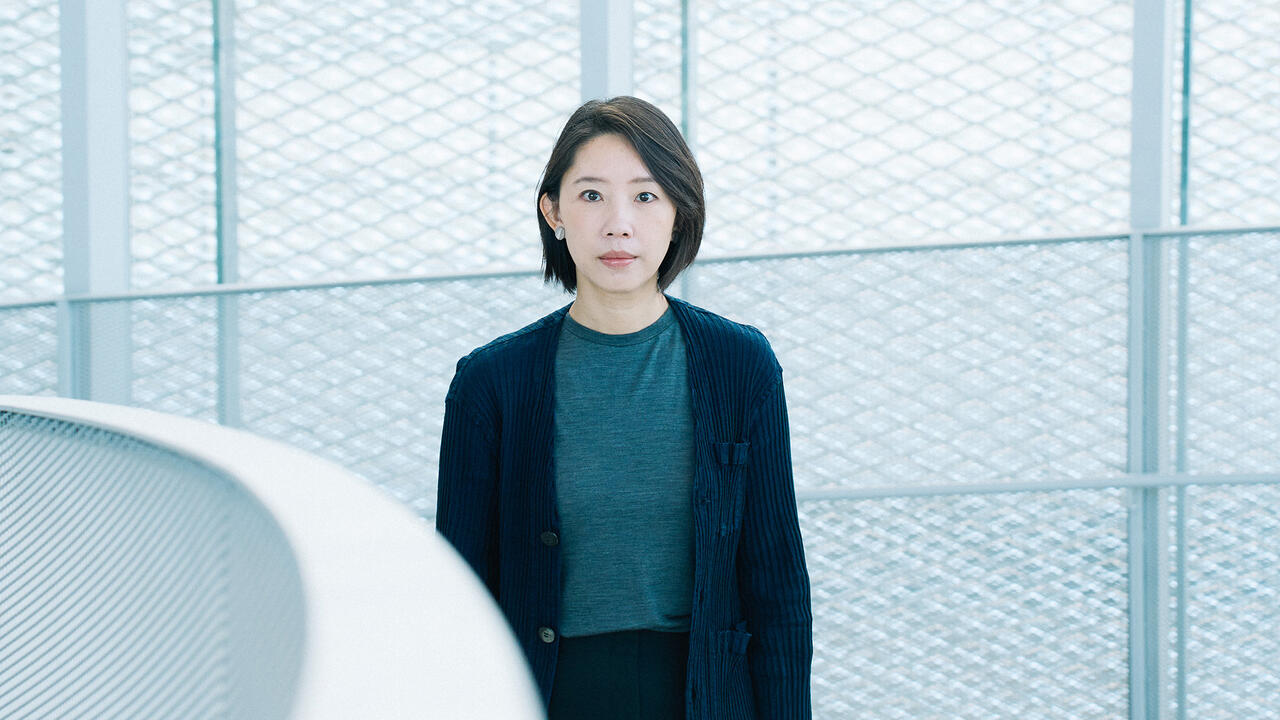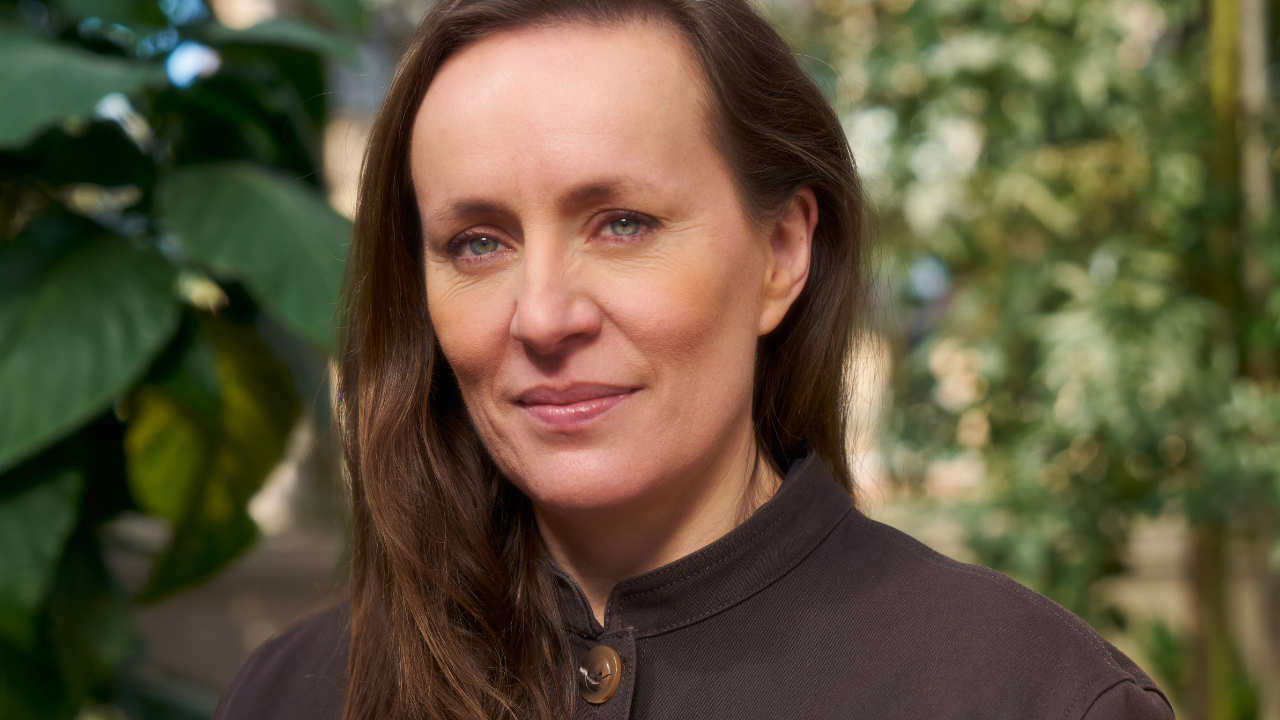Mia Hansen-Løve on How Film Is Like a Moving Train
In the lead-up to her film, Bergman Island (2021), director Mia Hansen-Løve talks about the task of capturing youth and the future of cinema
In the lead-up to her film, Bergman Island (2021), director Mia Hansen-Løve talks about the task of capturing youth and the future of cinema

Rory O’Connor: Your most recent film, Bergman Island (2021), looked set to premiere at the Cannes Film Festival last year, but the screening was postponed due to the pandemic. How has it felt to have waited so long for its release?
Mia Hansen-Løve: I realize now that there was actually a kind of pleasure to having the film stay a secret. Sometimes, it feels like the process goes too fast: you make the film, edit it, then take it to the festivals. I shot Bergman Island over the course of two years, which allowed me to stay with the film for a while, then we went into lockdown, which wasn’t a happy thing for anybody, myself included, but it allowed me yet more time with my film. Only a few people who are very close to me have seen it. Of course, you want people to react to it, because you need to go through that experience in order to move on. Now, I’m already shooting a new film – Un Beau Matin, which is a follow-up to Things to Come (2016) – without knowing how Bergman Island will be received. That feels weird.

ROC: You directed your first feature film, All Is Forgiven (2007), at a relatively young age. What was your biggest challenge at that time?
MHL: Getting it made! I was 23 when I wrote it, then I met a great producer, Humbert Balsan, who was the inspiration for my second film, Father of My Children (2009). I was very lucky to meet Balsan, who saw a director in me. I had sent All Is Forgiven to famous French arthouse producers, who refused to produce it, but Balsan trusted me completely. I worked with him for a year before he died in 2005. At that stage, I had no idea if I would make a second film; I felt I just had one story to tell. It was an indirect way to talk about who I was and the melancholy I thought I had inherited from my family.
ROC: Seven features and many awards later, how have those challenges changed?
MHL: The challenge now is to keep the energy and not lose faith. If you read the papers and listen to what people say, it seems like cinema is dying. For me, a large part of the excitement of making a film stems from it being screened in a room filled with people. I could never get excited by the idea of somebody watching my film on their computer or sitting on their sofa. Maybe I’m wrong, maybe it’s absurd or stupid, but I believe you have to make the effort. The idea that cinema may disappear forever has never seemed so real and, if that happens, I don’t know whether making films would still appeal to me.

ROC: Are you optimistic about the future of filmmaking?
MHL: All I can say is that I’m worried and I’m hoping people will actually go back to seeing films in theatres. I’ve been struggling to preserve everything that lies at the heart of the relationship I have with cinema: with each new film I make, for instance, it becomes harder to convince my producer that it makes sense to shoot on 35mm. It would depress me if I had to renounce that. Maybe we have to reinvent ourselves, but I don’t know if I can. I was always impressed by how some of the directors I admire switch to digital format at the end of their careers – for example, Ingmar Bergman’s final film, Saraband (2003).
ROC: So much of your work feels synonymous with summer, and many years often go by in a single cut.
MHL: That’s instinctive. I connect making films to childhood, and what I enjoyed the most about my childhood were holidays. I shot the majority of my films more or less around the summer. The stories that appeal to me have to do with the passing of time. I think the way I use it changes depending on the story. All Is Forgiven charts 15 years in the life of a man who, at some point, completely loses himself. Somehow, a whole chunk of life can disappear. My films offer portraits of people as they change over time.

ROC: You’ve spoken in the past about leaving space in your films for the subconscious to work. Could these gaps in time and age also be an expression of that?
MHL: It’s related to the fact that I don’t want the scripts to tell you everything. I think that’s only possible if you create a language that makes the audience feel there is much more that’s not shown. It’s as if you’re getting on a train that was already en route to its destination before you boarded and will continue its journey after you get off. That’s really my desire – to give that feeling – and it determines a lot of things, from script-writing to editing. I think it’s all connected to the same quest: cinema as a way to transmit impressions of life.
ROC: Do you ever revisit your films?
MHL: Never. I’m afraid to be disappointed or to see only the flaws. I don’t want to adopt a critical perspective on my films because of how much they mean to me.
ROC: You once described your work as a house with different rooms in it.
MHL: That’s exactly how I feel. I love the idea of building an interior space which somehow helps me live. The more films I make that are highly personal, the closer I get to it. I feel it makes me grow up, too – which might sound very naïve, but it actually works for me. It really helps, both in my life and in my work as a filmmaker, to have this sense that my films don’t vanish: they accrue and, in that accrual, amount to something much bigger.
Main image and thumbnail: Mia Hansen-Løve, All Is Forgiven, 2007, film still. Courtesy: Pyramide Films






















